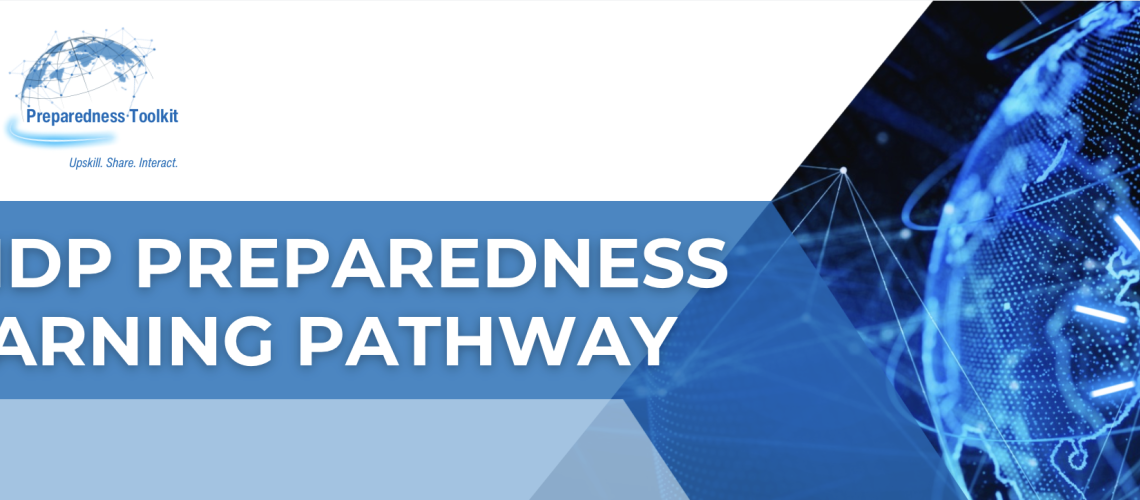
The UNDP Preparedness Learning Pathway is a capacity development initiative built upon the UNDP Preparedness Toolkit that supports countries to enhance their institutional, strategic and operational capabilities for disaster preparedness. The Pathway facilitates joint learning and knowledge exchange for and among decision-makers and practitioners from national and local authorities engaged in disaster preparedness as primary audience, along with UN entities and other relevant in-country stakeholders.
Based on the UNDP Preparedness Toolkit, six core modules are available under the Preparedness Learning Pathway. Each provides practitioners with in-depth subject-matter knowledge, as well as useful and scalable tools, methodologies, and examples to integrate preparedness and anticipatory approaches across their work:
- Risk Anticipation & Analysis
- Institutional & Coordination Capacities for Preparedness
- Fundamentals of Operational Preparedness
- Early Warning
- Anticipatory Action
- Financing Preparedness & Anticipatory Action
Practitioners can choose specific training outcomes depending on their objectives, for example:
- Refined preparedness/ contingency plan, business continuity plan or anticipatory action framework
- Baseline assessment of resource, capacity, and financing needs for preparedness
- Comprehensive stakeholder map for preparedness at national/ local level
- Establishment of funding mechanisms for preparedness and anticipatory action
- Multiple future risk scenarios for strategic preparedness planning
- Mainstreaming of preparedness and anticipatory action into development, humanitarian or recovery planning
- Improved capacities in applying foresight for preparedness
- Detailed action plans, including stakeholder roles and responsibilities, for post-workshop follow-up

